12. UNESCO world heritage sites on the trail!

12. UNESCO world heritage sites during thwe Modern Grand Tour trail!
The Modern Grand Tour trail in the Euregio Meuse-Rhine includes 12 UNESCO world heritage sites.
There’s a good chance you’ve heard of UNESCO, but if not? With this introduction you are enlighted to the UNESCO world heritage sites in the Euregio Meuse-Rhine. Look at for a more in-depth explanation of what UNESCO is and does and its special connection to the Modern Grand Tour trail in the Euregio Meuse-Rhine.
What does UNESCO?
UNESCO recognises and conserves the world’s most special places. The Modern Grand Tour trail in the Euregio Meuse-Rhine is connected to 12. of these special wolrd heritage sites, or UNESCO designations. And the Dom in Aix-la-Chapelle/Aachen in Germany was the first UNESCO world heritage site in Germany!
It’s a proud testament to the richness and scope of the Euregio Meuse-Rhine inspiring nature, its ancient history, the vibrancy of its culture and its proud scientific and technological legacy.
During the Modern Grand Tour trail in the Euregio Meuse-Rhine the following 12 UNESCO’s world heritage sites can be visited :
On stage 4.:
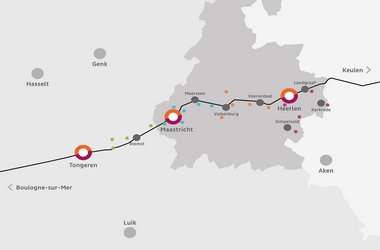
“The Via Belgica“
This old Roman route starts at the coast of France.
On stage 7.:
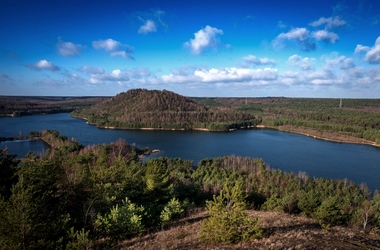
“Hoge Kempen“
In Belgium; rural-industrial transition landscape.
On stage 11.:
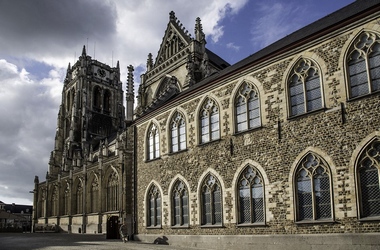
“Onze-Lieve-Vrouwekerk”
Basilica of our Lady in Tongeren; Belgium is a urban tower.
On stage 11.:

“Beguinage Sainte-Catherina“
Sainte-Catherina’s is a historic beguinage in Tongeren.
On stage 12.:
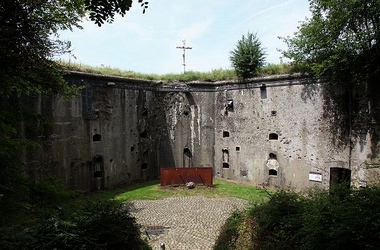
“Fort de Loncin“
The fort outside Liège is a monument of WW I.
On stage 12.:
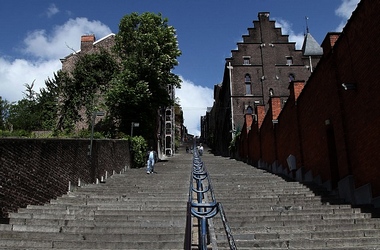
“Citadel of Liège“
The citadel/fortifications of Liège in Belgium.
On stage 12.:

“Palace of Prince-Bishops“
The palace of the Prince-Bishops in Liège; Belgium.
On stage 13.:

“Robermont“
Cimetière Militaire de Robermont in Liège; Belgium is a cemetery of WW I.
On stage 16.:

“Blegny mines“
Coal mine Blegny is an historic important mine in Wallonia; Belgium.
On stage 13. & 26.:

“Chaudfontaine & Spa”
These cities in Wallonia in Belgium are the historic thermal baths of Europe.
On stage 28.:
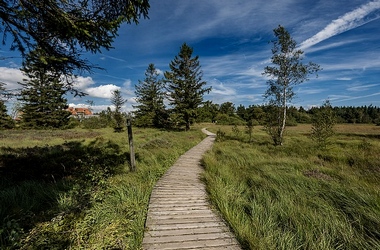
“Plateau Hautes Fagnes”
Plateau of the Hautes Fagnes in the eastern canton of Belgium.
On stage 38.:
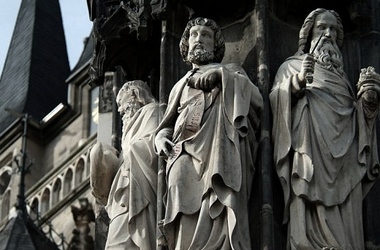
“Aachener Dom”
Aachener Dom in Aix-la-Chapelle.
What is a UNESCO designation?
A UNESCO designation is a place which has been recognised for its cultural, historic, or environmental significance. These are places which reveal something unique and globally significant about the way we perceive our story as both a species and a planet. They’re places which have the potential to help UNESCO achieve its global mandate for peace, prosperity, and progress.
Who and what is UNESCO?
UNESCO stands for “United Nations Educational, Scientific and Cultural Organization”. It’s a special part of the United Nations (UN) founded in 1945, in the days after WW II ended. Its mission is to promote peace, sustainable development, and human rights, by encouraging collaboration and discussion between nations.
UNESCO focuses on education, the environment, social inequality, communication, and the exchange of knowledge. One way it resolves some of these problems by identifying the world’s most special places.
By raising awareness of these sites, we can encourage investment and create jobs, spur technological innovation and scientific progress, and enhance the world’s cultural and environmental diversity.
What is a world heritage site?
A world heritage site can be anything, from an incredible landscape to a city with a rich history and vibrant culture. It can be a magnificent monument, an archaeological discovery or a piece of ground-breaking technology. Most importantly, it must be something of world-renowned significance and occupy a special place in history to earn this prestigious title from the UNESCO world heritage convention.
What makes the Modern Grand Tour trail sustainable?
Like UNESCO, the Modern Grand Tour is a trail which is dedicated to making the world a more sustainable place. This begins by making the Euregio Meuse-Rhine a sustainable place to visit, and this trail likes to be part of this important journey.
All information is tried to be given to you to make responsible and sustainable choices, when you are following the Modern Grand Tour. This will help preserve the environmental and cultural integrity of the sites and support the sustainable development of the communities which care for them.
How can you conserve UNESCO sites?
Practicing sustainable & responsible tourism when following the Modern Grand Tour is one of the best ways you can help conserve the UNESCO designations.